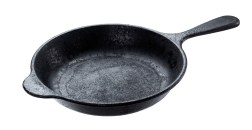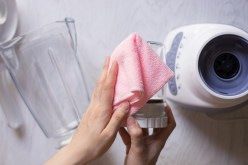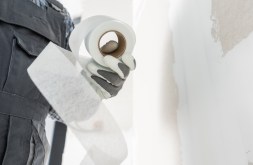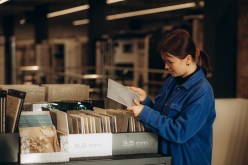Sewing 101: Everything You Need to Get Started
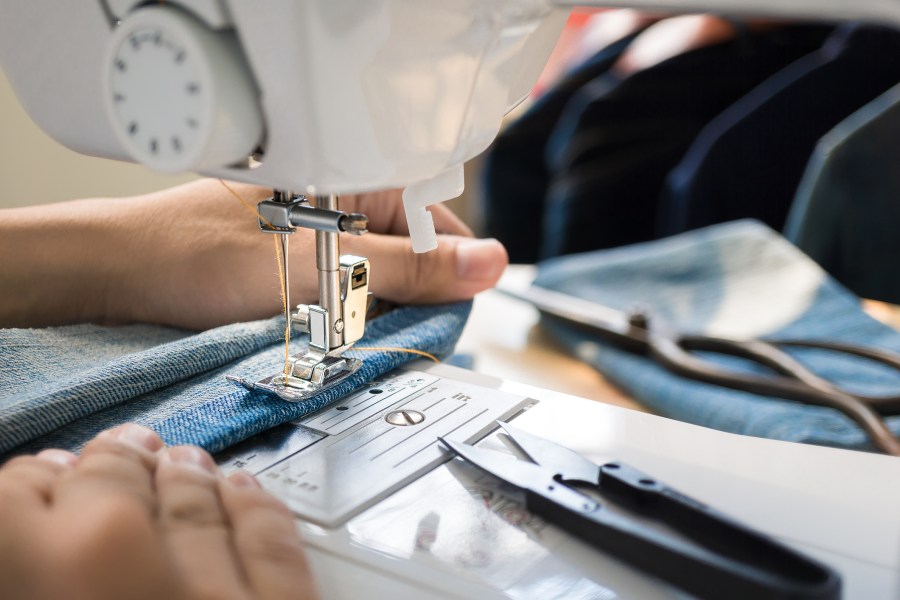
Sewing is a great skill everyone should learn. It may help you in moments of need when there’s a tear in your clothes. You can create gifts for your family and friends. When you get better at sewing, you can start making your own clothes and items instead of buying them in the store.
When it comes to sewing, keep in mind your project may take hours to days. Sewing takes some practice, but once you get the hang of it, you’ll see how fun it is. Don’t be afraid when things get messy. It’s all part of the learning process. Here are all the sewing basics to get you started.
Learn the Terms
It’s best to know the language of sewing first. This way you’ll understand the type of sewing project you’re trying to accomplish, the techniques needed, and the tools required. It’s difficult to sew when you don’t have a grasp on the terminology or when you have to look up the words while working.
Sewing machine terms include bobbin, hand wheel, foot pedal, feed dog, presser foot, thread cutter, and spool pin. A bobbin is a cylinder that holds thread around it. It’s located at the bottom of the machine. The hand wheel raises or lowers the needle’s position. To start or stop the machine, use the foot pedal. A feed dog is a metal that looks like a tooth. It goes up and down to guide the fabric. The presser foot keeps the fabric in place. To cut the thread, use the thread cutter. The spool pin holds the spool with thread in place while the thread moves through the machine.
Some fabric terms include bias grain, fabric grain, and selvage. Selvage is an edge on the fabric to stop it from unraveling. The bias grains are the diagonal or 45-degree angle thread lines. The fabric grains are the thread lines that run lengthwise and crosswise on the fabric.
Other important sewing terms to cover are seam, seam allowance, hem, lining, and back stitch. A seam is the line where two fabrics are sewn together. Space between the edge of the fabric and seam is the seam allowance. The lining is an inner layer of material underneath clothes. When you fold and sew the edge of the fabric to prevent it from unraveling, that’s called making a hem. A back stitch is stitching over threads again to keep in place. Taking a class to learn even more terms will benefit your sewing journey.
Have the Sewing Tools You Need
After mastering the terms, you should start getting your sewing tools together. Hand sewing involves hand needles and threads, which have different sizes. The sizes of your handle needles and threads depend on the sewing project and the fabric you wish to use. Getting the thread through the tiny head of the needle may be challenging and frustrating. For beginners it’s best to use a needle threader to get the job done. Avoid having to start over when the thread tangles or causes problems with beeswax.
Some people prefer tracing paper and a tracing wheel or pencils, pens, and tailor’s chalk to mark fabric. Tracing paper and a tracing wheel are usually for the wrong side of the fabric or the fabric side that will be on the inside of your project. The marks from tracing paper can be removed after washing the fabric. Pencils, pens, and the chalk are best for both the wrong side and right side (the patterned side/the side you want to show on your project.) You can easily get rid of these marks.
The most important measuring tool is the measuring tape. It’s simple to use when you want measure yourself, other people, and more objects. Seam gauge and see-through, straight edge rulers are also helpful. Seam gauge makes it easier to measure and make marks. People normally use this to make sure hems are even. See-through, straight edge rulers are great when you need to make parallel or perpendicular lines on a patterned fabric.
Other essentials include pins, a pin cushion, scissors, and a sewing machine. Pins help keep your fabric in place. Pin cushions prevent your pins from falling, moving, or getting lost.
Hand Sewing Stitches and Techniques
There are more types of stitches other than the back stitch for hand sewing such as the running stitch, the basting stitch, the catch stitch (cross-stitch), and the slip stitch. A running stitch is a line of small stitches on a fabric. The basting stitch is the same as the running stitch by the lines and space between each line is longer. Catch stitches are even, loose, and diagonal stitches that look like an X. The slip stitch is commonly used for the fold of hems.
Before sewing, you should iron the fabric for accurate measurements. If you lose your needle threader, use hairspray to make it easier for you to place a thread into the needle’s head. After you successfully push the fabric through, make the thread ends equal and tie a double knot at the ends to stop the thread from coming out of the needle.
Grab two fabrics and create the pattern you desire, for example cut out two squares that are the same exact shape and size. If the fabric continues to slip, put tissue paper under it. Next, stick the needle through the two fabrics, repeatedly around the edges with your desired stitch, such as running stitch or basting stitch. Prevent pricking your fingers with thimbles. Keep stitching until the edges are closed. Double knotting the thread twice will help prevent the thread from coming out of the fabric. You should also iron the fabric after you’re done with the sewing project to give it a clean look.
Sewing Machine Basics and Skills
Placing and removing the needle from the sewing machine is an important skill to master. People get pricked by this needle. Learning to how to do it carefully can prevent any further injuries. This includes threading your sewing machine. It’s also necessary for your stitches to be created properly. Controlling the sewing machine tension controls the stitching outcomes. If your stitching is too loose or too tight, you need to fix the tension.
Other sewing machine basics are creating a straight stitch or a zig zag stitch, gathering fabric, and sewing a zipper. A straight stitch is a dash of lines that involves forward and backward stitching to secure the stitch in place. Zigzag stitching is popular for decorating, but it’s also good for stitching the edges of a fabric. When making skirts, gathering is a common technique for the waist area.
Start With Beginner Patterns
Now that you know the terms, have all your sewing materials and understand hand sewing as well as sewing machine techniques, you’re ready to start beginner patterns.
Beginner patterns are small projects with instructions to help you perfect the basics when you first try sewing. There are many types of beginner patterns to study. These patterns include a hood scarf, a baby blanket, a baby dress, a tulle skirt, a winter cape, or pajama pants. You can find more beginner pattern tutorials online. Grab a room where you will be the most motivated on your sewing projects and where you can easily clean any clutter.
After you master beginner patterns, you’re one step closer to more complicated projects.
